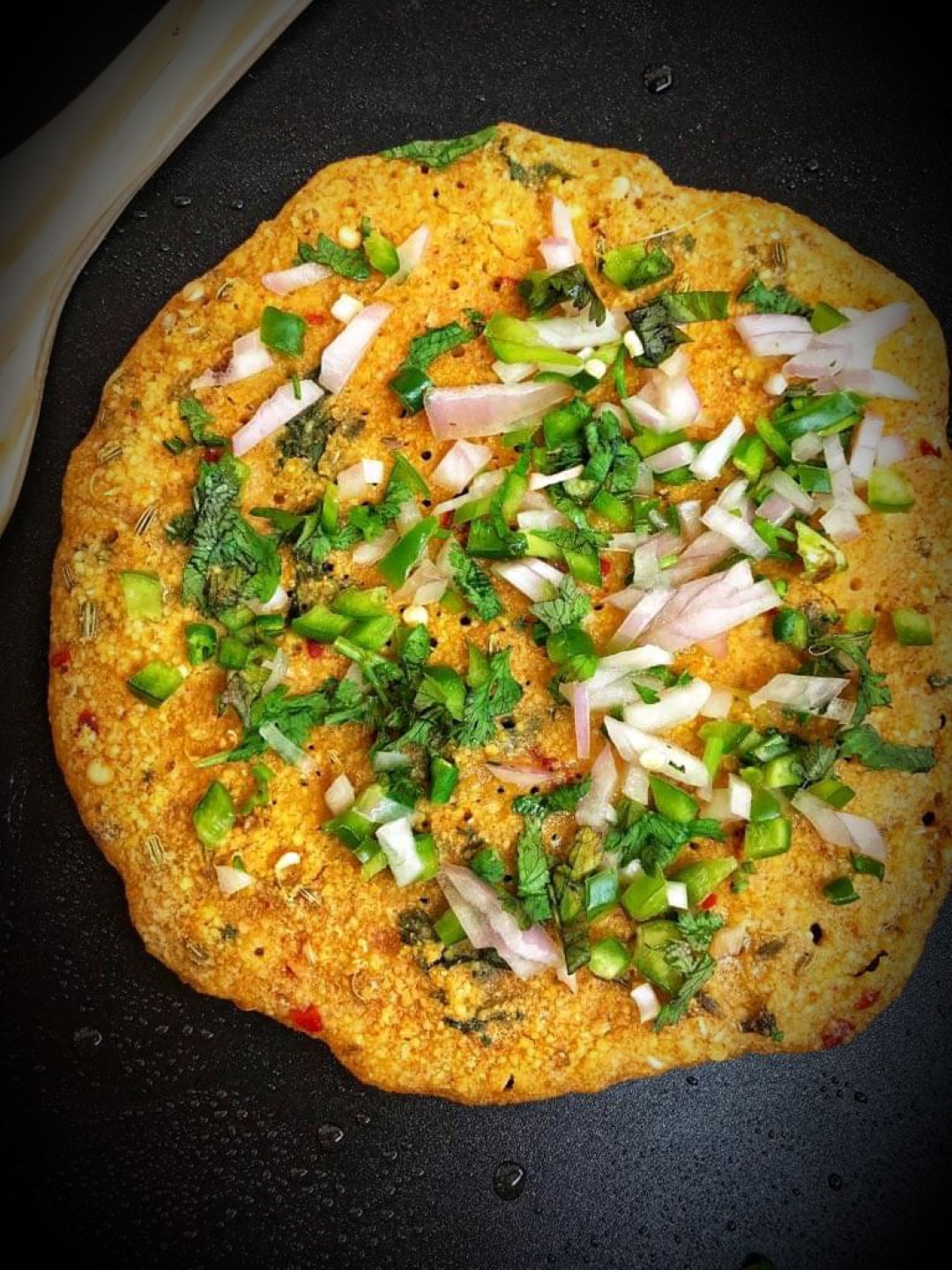
The ketogenic (keto) diet, with its low carbohydrate emphasis, has become a popular dietary choice for many. Amidst this, lentils, a globally cherished legume, often become a topic of debate. This article offers an in-depth exploration of lentils within the keto framework, providing insights for a broad audience, from strict keto followers to vegans.
Lentils: A Nutritional Overview
Lentils are a cornerstone in many diets worldwide:
- Protein Powerhouse: Lentils are a significant source of plant-based protein, beneficial for both meat-eaters and vegetarians.
- Fiber Focus: They are abundant in both soluble and insoluble fiber, promoting digestive health and offering satiety.
- Vitamin and Mineral Marvel: Lentils are a source of essential nutrients like iron, magnesium, and B vitamins.
However, their carbohydrate content is the primary concern for keto enthusiasts.
Are Lentils Keto-Friendly?
This is a common question among those venturing into the keto world. While lentils do contain carbohydrates, it’s crucial to understand their composition:
- Net Carbs: In the keto world, the concept of “net carbs” is paramount. Given that a significant portion of the carbs in lentils is fiber, their net carb content can be more keto-compatible than initially perceived.
- Glycemic Index: Lentils have a relatively low glycemic index, meaning they cause a slower, more gradual rise in blood sugar compared to other high-carb foods.
Lentils vs. Other Carb Sources
When weighing lentils against other carb sources:
- Rice: 100 grams of cooked white rice has about 28 grams of carbs and almost no fiber. Its glycemic index is also higher than lentils.
- Wheat: Whole wheat flour, for the same weight, has around 72 grams of carbs. Though it contains fiber, its net carb content is still substantial.
- Pasta: Regular pasta, when cooked, offers about 25 grams of carbs per 100 grams, with minimal fiber.
From this perspective, lentils, with their higher fiber content and lower glycemic index, might be a more balanced carb source, especially for those on a lenient keto regimen.
Carbohydrates in Lentils: A Deeper Dive
Approximately 100 grams of raw lentils contain around 60 grams of carbohydrates. But not all carbs are created equal:
- Net Carbs: In the keto world, the concept of “net carbs” is paramount. Given that a significant portion of the carbs in lentils is fiber, their net carb content can be more keto-compatible than initially perceived.
- Glycemic Index: Lentils have a relatively low glycemic index, meaning they cause a slower, more gradual rise in blood sugar compared to other high-carb foods.
Can You Eat Lentils on Keto?
For those on keto, especially those who have a slightly higher carb allowance, lentils can be a part of the dietary landscape:
- Flexible Keto: Not everyone on keto sticks to the strict 20 grams of carbs per day. Some might consume up to 40-60 grams, especially if they’re more active. For them, incorporating a moderate amount of lentils can provide essential nutrients without drastically affecting ketosis.
- Comparative Analysis: When compared to other carb sources like white rice or pasta, lentils offer more nutritional value per gram of carbohydrate, especially in terms of fiber and protein.
The Vegan Perspective
For vegans, lentils are a primary protein source. Even within a keto framework, lentils can be beneficial:
- Protein and Fiber: While nuts and seeds are keto-friendly vegan protein sources, lentils offer a unique combination of protein and fiber that’s hard to match.
- Balanced Intake: Vegans can balance their lentil intake with high-fat plant-based foods like avocados, nuts, and seeds to maintain a keto-friendly macronutrient ratio.
Is Lentil Soup Keto-Friendly?
Lentil soup, a staple in many cultures, can be made keto-friendly with some modifications. By reducing the number of lentils and adding more high-fat ingredients like coconut milk or cream, you can enjoy a version of lentil soup that aligns with keto guidelines.
Frequently Asked Questions (FAQs) about Lentils
1. What are the nutritional benefits of lentils?
Lentils are a nutritional powerhouse, offering a rich source of plant-based protein, essential vitamins, and minerals. They are particularly high in dietary fiber, which aids in digestion and provides a feeling of fullness, making them a great choice for weight management.
2. How do lentils fit into the keto diet?
While the keto diet primarily focuses on low-carb intake, lentils can be incorporated in moderation, especially for those on a more flexible keto regimen. It’s essential to consider the net carbs (total carbs minus fiber) in lentils, which can make them more keto-compatible than initially perceived.
3. Can I make keto-friendly lentil soup?
Absolutely! While traditional lentil soup might be higher in carbs, you can modify the recipe by reducing the lentil quantity and adding high-fat ingredients like coconut milk or cream. This way, you can enjoy the flavors of lentil soup while staying within keto guidelines.
4. How do lentils compare to other carb sources like rice or pasta?
When compared on a nutritional basis, lentils offer more protein and fiber than white rice or pasta. Additionally, lentils have a relatively lower glycemic index, meaning they provide a steadier energy release without causing rapid blood sugar spikes.
5. Are lentils a good option for vegans on keto?
Yes, for vegans, lentils serve as a vital protein source. While they do contain carbs, their high fiber content can make them a viable option for vegans on a keto diet. Pairing lentils with high-fat vegan foods can help maintain a keto-friendly macronutrient ratio.
6. How can I incorporate lentils into my keto diet without exceeding my carb limit?
The key is moderation and balance. Instead of consuming lentils daily, consider having them occasionally and monitor your carb intake for the day. Combining lentils with high-fat foods can also help balance out the macronutrient profile.
7. Do lentils have a place in a strict keto diet?
For those strictly adhering to the traditional keto carb limits, lentils might be consumed less frequently. However, for individuals on a more lenient keto regimen, lentils can be incorporated with careful planning, ensuring the daily carb limit is not exceeded.
8. How do the carbs in lentils impact blood sugar levels?
Lentils have a moderate glycemic index, which means they release glucose into the bloodstream at a slower, more steady rate. This can be beneficial for those monitoring their blood sugar levels.
9. Are there different types of lentils, and how do they vary in carb content?
Yes, there are various types of lentils, including green, brown, red, and black. While their carb content is relatively similar, there might be slight variations. It’s always a good idea to check the nutritional label or database for specific details.
10. Can I achieve ketosis while consuming lentils?
Achieving ketosis depends on individual factors, including metabolism, activity level, and overall carb intake. While lentils do contain carbs, monitoring portion sizes and pairing them with high-fat foods can help some individuals maintain ketosis.
Conclusion
Lentils, with their multifaceted nutritional profile, can find a place in diverse diets, including keto, with careful planning. Their balanced nutrient distribution makes them a potentially favorable choice for those looking for a more nutrient-dense carb source. Individual needs and responses can vary, so it’s essential to stay informed, adjust based on personal experiences, and seek expert advice when needed.
Blog Tags:
Keto Diet, Lentils, Dietary Fiber, Carbohydrate Analysis, Net Carbs, Vegan Protein, Nutrient Balance, Flexible Keto, Holistic Nutrition, Lentil Soup, Keto Queries.










